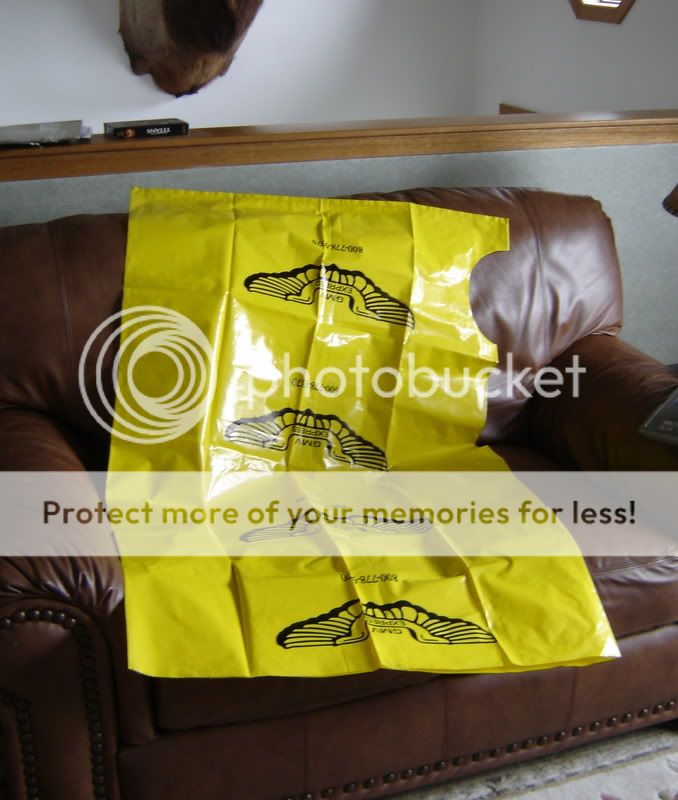hydroguy2
Well Known Member
This past weekends event got me thinking more about my flight bag/gear. We all most evaluate; Type of flying, location, skill level(both pilot&survival). At that point we can figure out our gear. On the Home page, Doug showed a pic of his vest and when he wears it.
Up to this point I hadn't put together a vest, just tossed stuff in a bag. My thinking was, I'm very knowledgable about the outdoors and first aid and could get by for a fairly long time with minimal equipment. I also wasn't doing much remote flying.
Now with the J.C. & Sparky accident, I realize how unprepared I really was. These 2 experienced pilots were down <6miles from a settlement, people knew it, they had gear but burned before they could get it. 22-26hrs to rescue.
So here's my new plan:
Mesh fishing vest that contains the following:
leathermen
lighter&matches
PLB 406 w/gps
icom A5 radio
electrical tape
Foil sleeping bag
For the area I fly and my abilities, I think these items are minimums. Also bottle of water. I understand different strokes for different folks, but would like to hear what others are doing.
Up to this point I hadn't put together a vest, just tossed stuff in a bag. My thinking was, I'm very knowledgable about the outdoors and first aid and could get by for a fairly long time with minimal equipment. I also wasn't doing much remote flying.
Now with the J.C. & Sparky accident, I realize how unprepared I really was. These 2 experienced pilots were down <6miles from a settlement, people knew it, they had gear but burned before they could get it. 22-26hrs to rescue.
So here's my new plan:
Mesh fishing vest that contains the following:
leathermen
lighter&matches
PLB 406 w/gps
icom A5 radio
electrical tape
Foil sleeping bag
For the area I fly and my abilities, I think these items are minimums. Also bottle of water. I understand different strokes for different folks, but would like to hear what others are doing.





